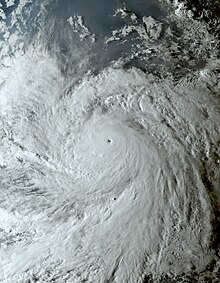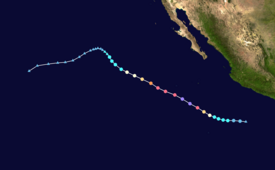SidharthTheSlayer
Anti-Cosmic Satanist
- Joined
- Jun 2, 2023
- Posts
- 4,654
- Reputation
- 9,207
I found his autism entertaining until he started spamming the same threads about BBC cucking him and hurricane fanfiction over and over again. Then he became racist to me despite whining about how he was made fun of for being mixed race. Then someone leaked his face reveal to me and it looked so Faceapped it became a borderline painting and that was the last straw
Last edited:







